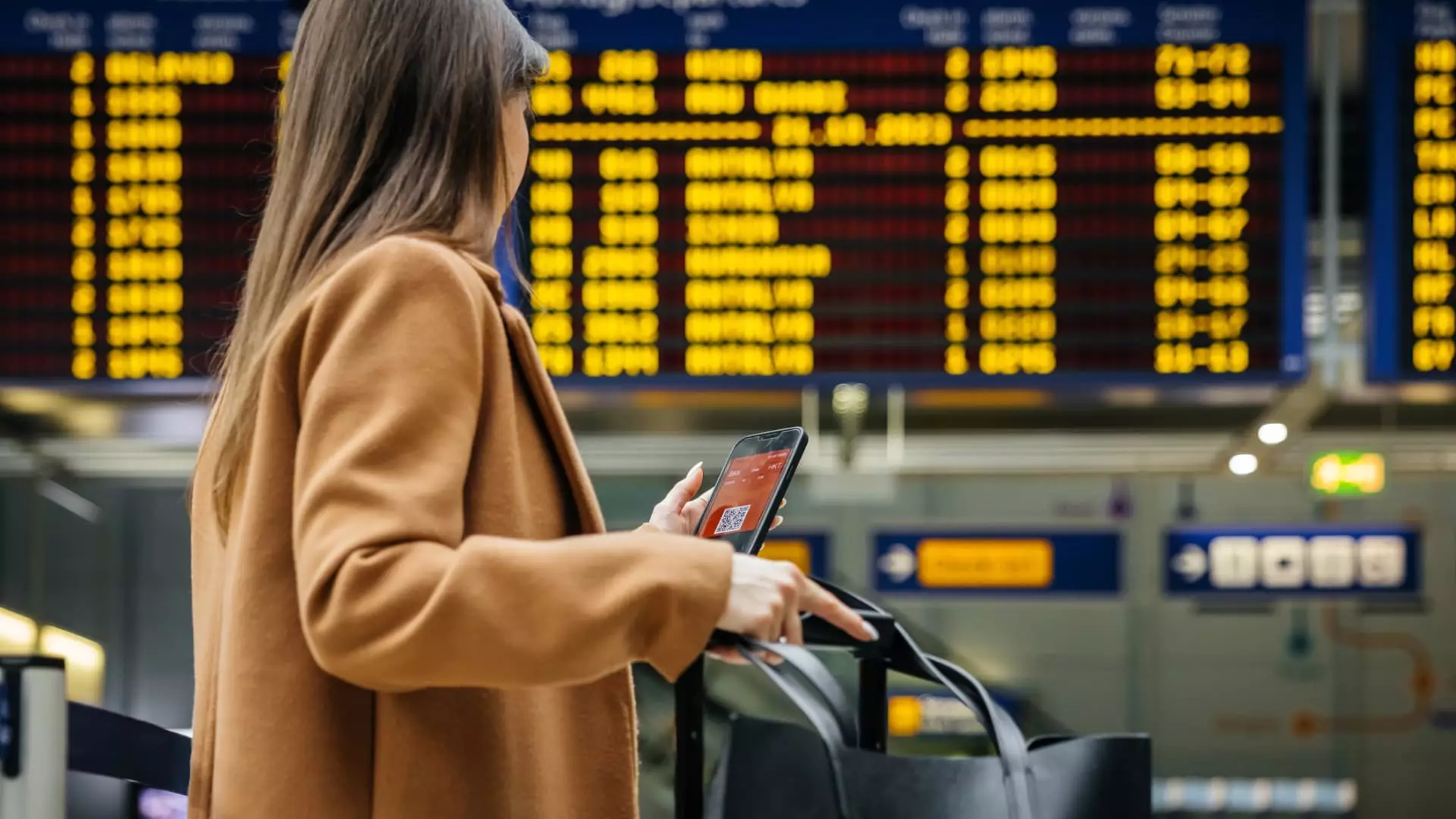Recent research from the Bank of America Institute indicates that travel spending among American households has surpassed pre-pandemic levels, fueled largely by a renewed interest in international trips. Economists Taylor Bowley and Joe Wadford note that while overall travel spending is slightly down from 2023, it remains significantly higher than in 2019, with an increase of 10.6% per household.
One of the key drivers of the current travel momentum is the growing preference for vacationing abroad. According to a recent Conference Board survey, about 17% of Americans expressed an intention to vacation overseas in the next six months, up from 14% in the years leading up to the pandemic. Hayley Berg, lead economist at travel site Hopper, anticipates that this demand for international travel will continue to rise.
Several factors have contributed to the surge in demand for international travel in recent years. As Covid-19-related health concerns have diminished and countries have lifted their pandemic-era travel restrictions, American travelers have been eager to satisfy their pent-up wanderlust. Additionally, falling prices for international airfare have made overseas travel more affordable and accessible to a wider range of consumers.
Europe continues to be the most popular international destination for American tourists, with a significant portion of travel spending allocated to the continent. However, spending in Asia has experienced the fastest growth in recent years, due in part to advantageous exchange rates. While international travel remains robust, the majority of Americans still choose to vacation domestically, with around 68% of trips starting within the U.S.
Higher-income households, earning over $125,000 a year, appear to be leading the trend towards international travel. These travelers have shown a willingness to spend on high-end luxury accommodations, indicating a level of resiliency in their travel behavior. In contrast, cost-conscious consumers have expressed concerns about the spike in inflation but are adapting by seeking out off-peak travel periods and booking further in advance.
Overall, the current landscape of American travel spending reflects a mix of domestic and international preferences, with a clear shift towards more robust spending on overseas vacations. As the travel industry continues to evolve and adapt to changing consumer behaviors, it will be essential for companies to understand and cater to the varied needs and preferences of travelers across different income brackets.

